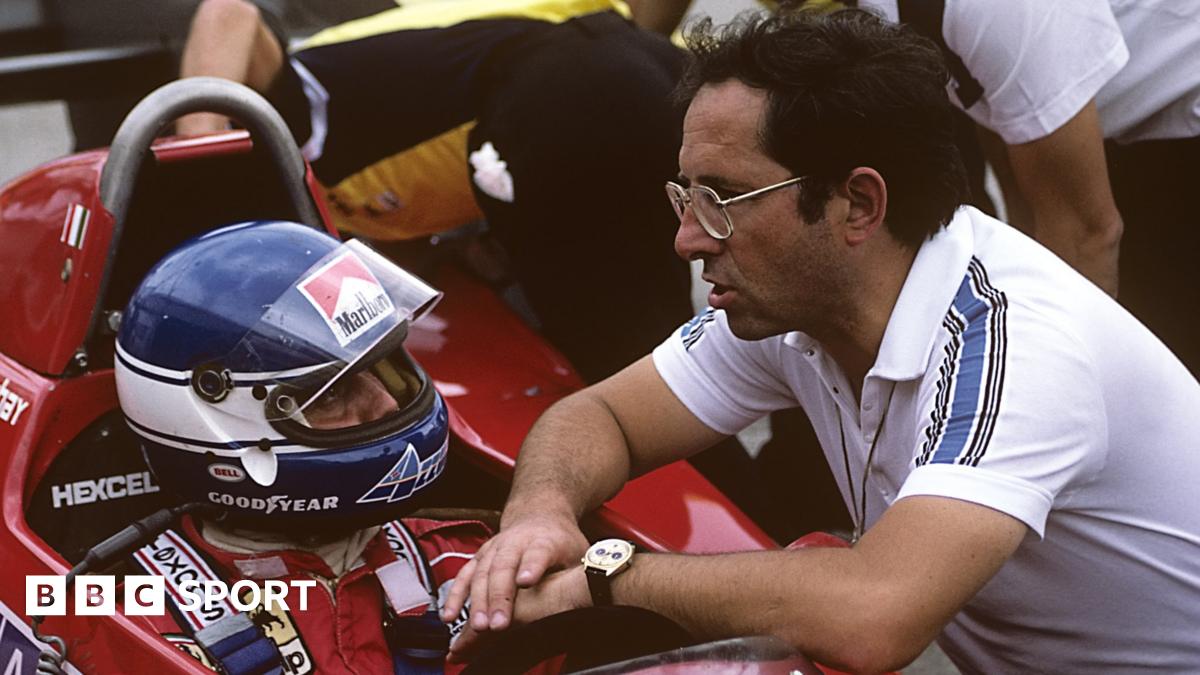
Mauro Forghieri: Legendary Ferrari designer dies at the age of 87
[ad_1]
Forghieri’s first F1 victory as a designer came at the 1963 German Grand Prix, and a year later Ferrari won a drivers’ and constructors’ title double, with Briton John Surtees prevailing in a close contest with fellow countrymen Jim Clark and Graham Hill.
Ferrari’s fortunes waned in F1 in the late 1960s as the Ford Cosworth engine came to the fore. But Forghieri’s designs continued to have success in sports-car racing, including with the elegant 330 P4 that engaged in battles with the Ford GT40 that have gone down in racing folklore, and which recently featured in the Hollywood movie Ford v Ferrari.
Success in F1 began to return in the early 1970s, as Forghieri’s 312 B designs took occasional victories, before a winless 1973 led to the reconstitution of the team under Luca di Montezemolo’s leadership.
Ferrari returned to the victory’ circle in 1974, before Niki Lauda swept all before him in 1975 in Forghieri’s transverse-gearbox, flat 12-engined 312 T design.
Lauda would have won the title again in the 312 T2 in 1976, only to suffer a fiery crash at the German Grand Prix that left him with severe burns. In one of the most courageous acts in sporting history, the Austrian was back behind the wheel 42 days later at the Italian Grand Prix in an attempt to fend off the charge of the Englishman James Hunt in the McLaren.
Lauda eventually lost out to Hunt after pulling into the pits and refusing to continue in torrential conditions at the Japanese Grand Prix.
Another constructors’ title was Ferrari’s consolation, and Lauda returned to win a second drivers’ crown in 1977, before leaving the team with three races still to go after falling out with Enzo Ferrari.
A third Ferrari drivers’ championship in five years followed in 1979, when South African Jody Scheckter led Canadian team-mate Gilles Villeneuve to a one-two in the 312 T4.
The advent of ground-effect aerodynamics saw off Forghieri’s famous and evocative flat-12 engine because its low, wide design obstructed the under-car venturi tunnels crucial for maximum cornering performance, and it was replaced by a turbo for 1981.
After a difficult first year with an uncompetitive chassis, Ferrari should have won another title double with 1982’s best car, the 126C2, but for accidents that befell both their drivers.
Villeneuve was killed in a horrendous cartwheel crash in qualifying for the Belgian Grand Prix.
His team-mate Didier Pironi was beginning to take control of the championship when he suffered a remarkably similar somersault accident in the pouring rain in practice in Germany two months later. The Frenchman survived, but his legs were badly injured, and he never raced in F1 again.
Despite missing the final five races of the season, Pironi lost out on the title by only five points but Ferrari prevailed in the constructors’ contest, repeating the feat in 1983.
Forghieri left his F1 position in 1984, moving over to work on a concept road design, Ferrari’s first four-wheel-drive car, the 408 4RM, his last task at Maranello.
He joined Lamborghini in 1987, and designed for them a V12 F1 engine that was used by the Larrousse-Lola team in 1989, and by Lotus in 1990.
Forghieri moved to the re-emerged Bugatti road car company in 1992, where he was involved in the development of the EB 110 and 112 road cars, before co-founding the Oral Engineering Group, a mechanical design company, with which he remained active until his death.
[ad_2]
Source link




